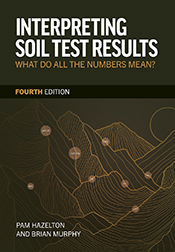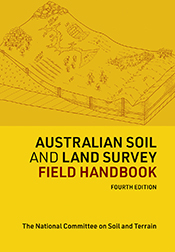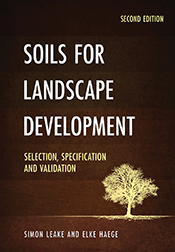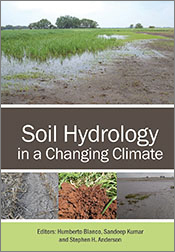Application of Rhizobial Inoculants to Australian Agriculture
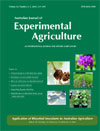
Australian Journal of Experimental Agriculture
Special Issue Volume 45 Numbers 2 and 3
Nitrogen fixation by legumes in association with rhizobia, the root nodule bacteria, produces about 80% of the nitrogen found in Australian grains and underpins productivity of the animal industries. Nitrogen fixation is estimated to be worth more than AU$3 billion annually to Australian agriculture, based on the cost of its replacement by inorganic fertilisers. This value can only increase markedly as world fossil fuel prices surge.
Historically, Australia has been a substantial contributor on the world stage in both the ecological and applied aspects of rhizobiology, as well as legume science. However, in the 1980s there was a stagnation in both disciplines. Senior scientists employed in Rhizobium science across Australia retired and were not replaced, and the excitement of lupin, medic and subterranean clover development programs began to wane. In the early 1990s, legume development was rejuvenated when the Cooperative Research Centre for Legumes in Mediterranean Agriculture (CLIMA) became active in the development of alternative legumes, particularly in forage legumes. Soon after, both the Grains Research and Development Cooperation (GRDC) and Australian Wool Innovation (AWI) initiated a resurgence in Rhizobium R&D that saw the development of the National Rhizobium Program (NRP) in 1997. While CLIMA developed a ‘second generation’ of ley legumes for southern Australia, the NRP trained a new generation of rhizobiologists to continue research to support this and other legume development. Many of the contributions to this issue stem from those initiatives.
This special issue of the Australian Journal of Experimental Agriculture contains scientific papers assembled from participants in the NRP and some legume development programs of Australia. About 10 papers address continuing issues of nodulation and N2 fixation with Australia’s key forage and crop legumes: medic; clover; lupin; faba bean and chickpea. This is indicative not only of our reliance on these key legumes in agriculture, but also of the applied nature of research in the NRP that supports the optimal usage of these legumes. Notably also in this issue, we report research into emerging legume species, some of which form the ‘second generation’ of legumes referred to earlier. It is also relevant that this issue contains papers that address inoculant technology, its history, quality control aspects that are uniquely Australian, and likely future developments.
View the Table of Contents
Visit the Australian Journal of Experimental Agriculture home page
See other special issues of Australian Journal of Experimental Agriculture

